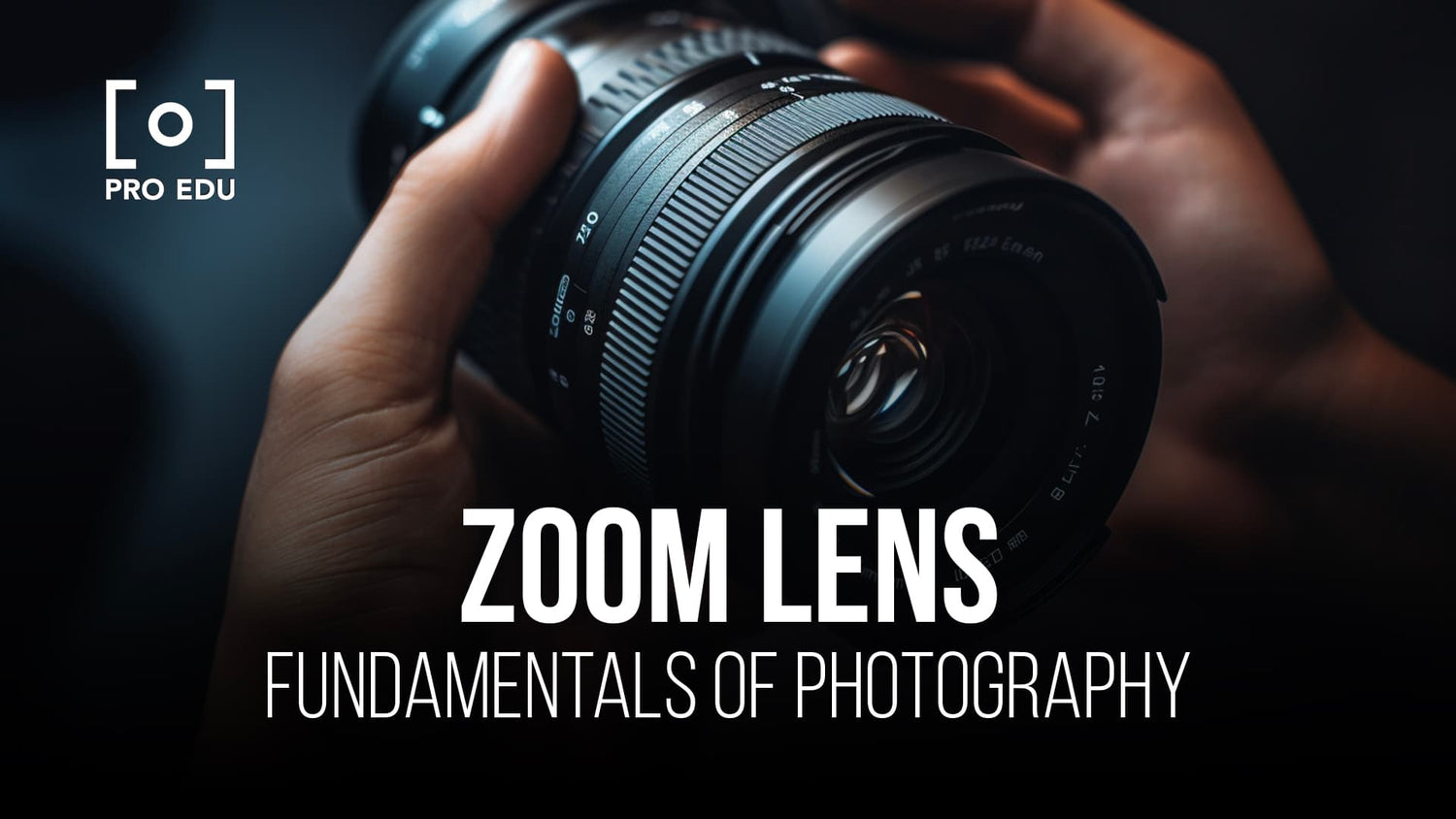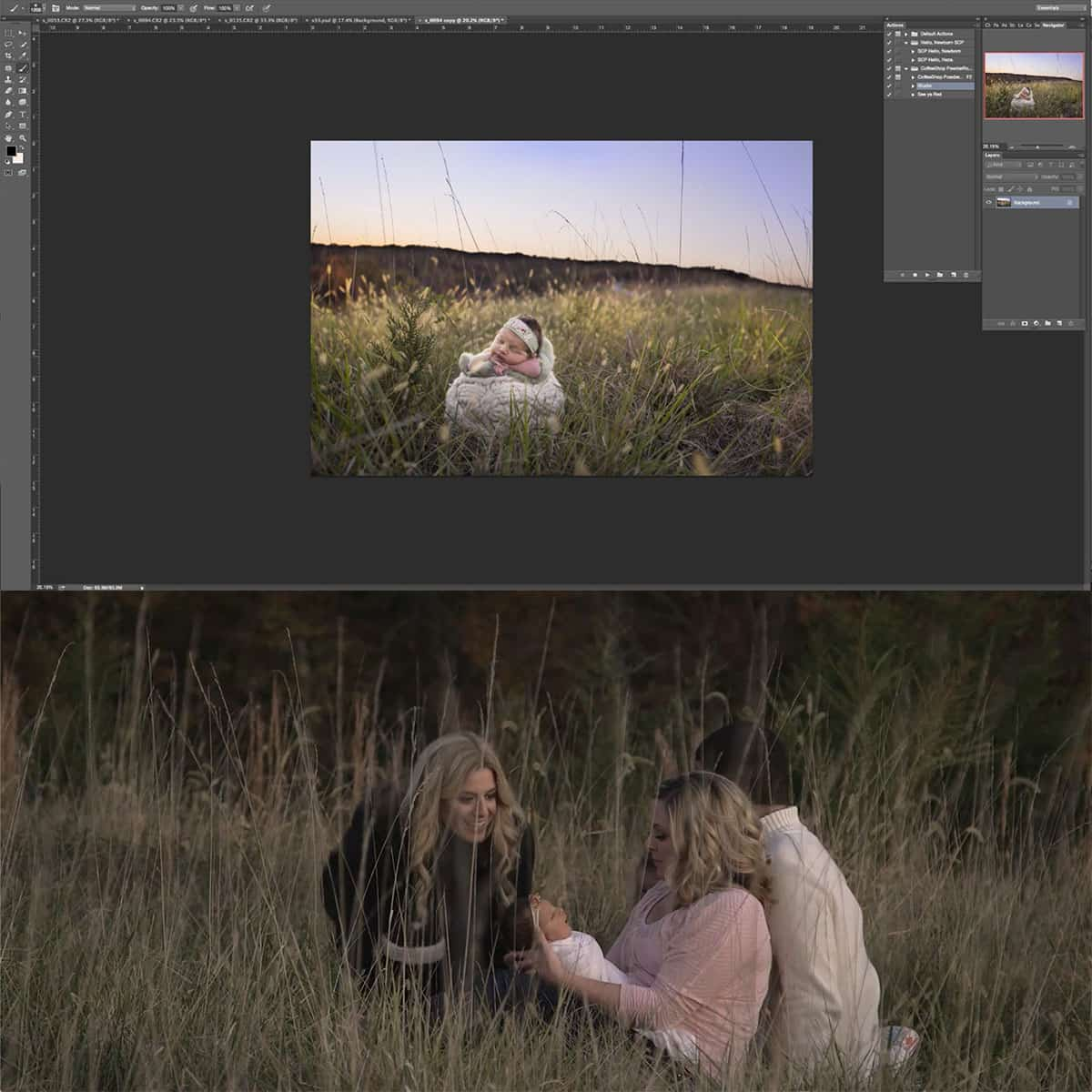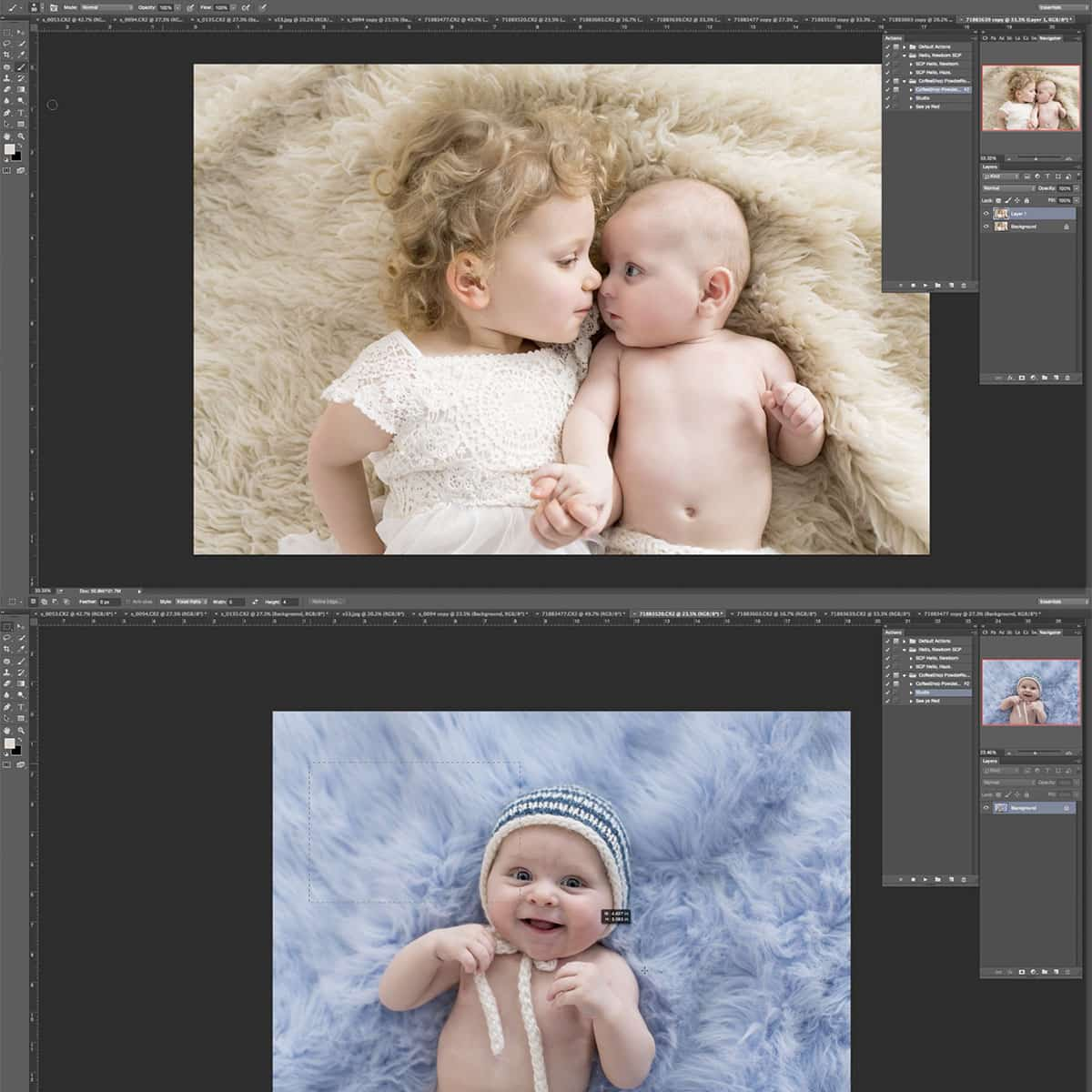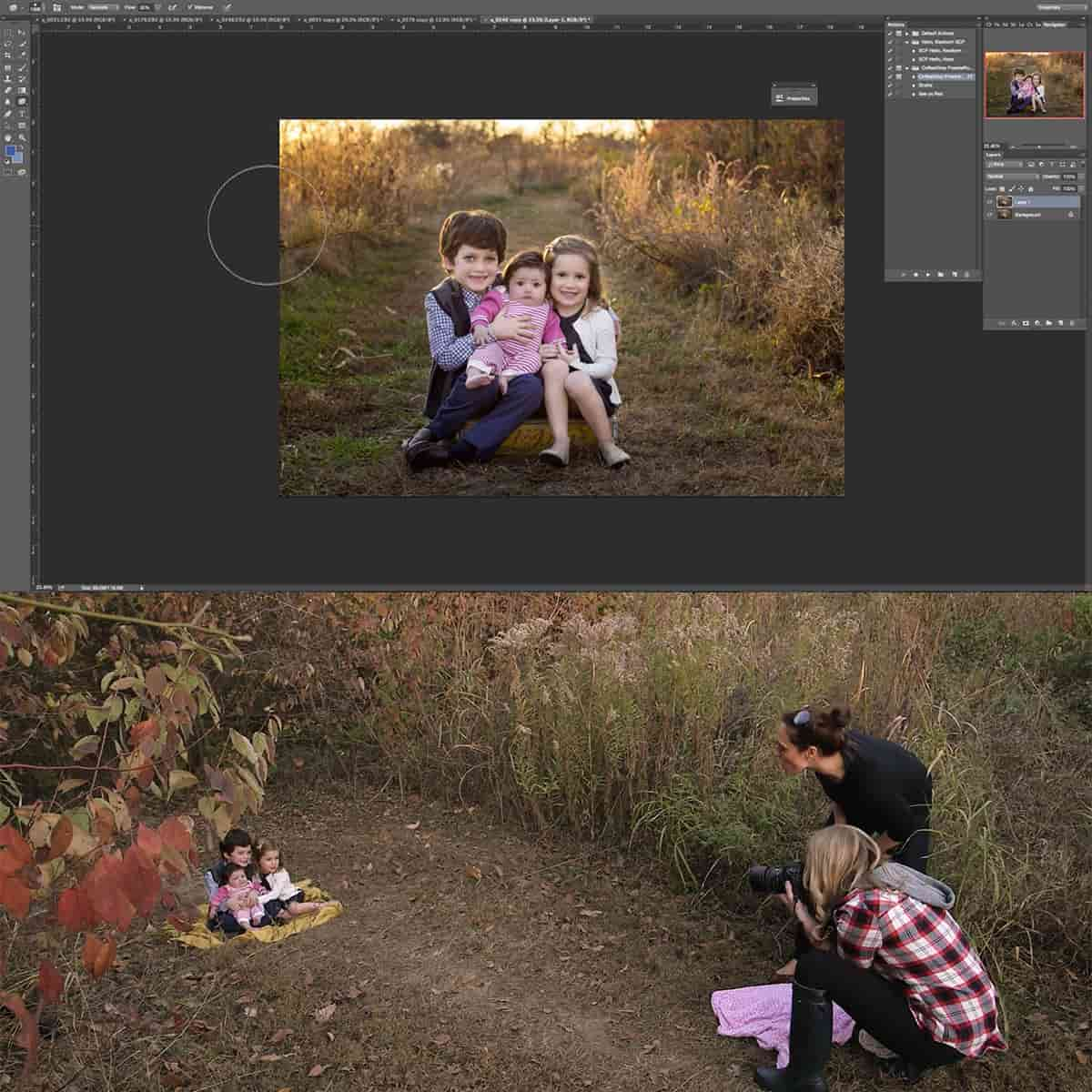Zoom Lens Essentials: Enhancing Photography with Versatile Focal Lengths
Zoom lenses have revolutionized the way we approach photography, granting us the ability to capture our vision without the constraints of fixed focal lengths. With a twist of the lens, we can dramatically change our composition and perspective, emphasizing the subjects that matter most in our frame. This flexibility has made zoom lenses an indispensable tool for photographers across all genres, from landscapes to fast-paced sports action.
The versatility of zoom lenses means we no longer have to swap lenses frequently during a shoot. They allow us to react quickly to changing scenes and subjects, ensuring we never miss a critical shot. Additionally, the varied focal lengths within a single zoom lens mean we can pack lighter and still be prepared for a wide range of photographic opportunities. By understanding the technical specifications of zoom lenses and how to utilize them effectively, we optimize our workflow and creativity.
Key Takeaways
- Zoom lenses enhance our photographic flexibility with variable focal lengths.
- They enable quick adaptations to subjects and scenes, reducing lens-swapping downtime.
- Mastery of zoom lens specifications amplifies our creative potential in diverse photographic styles.
Understanding Zoom Lenses
Zoom lenses offer us unparalleled flexibility in photography, allowing for multiple focal lengths without the need to swap out lenses. This adaptability affords us the opportunity to capture a diverse range of subjects and scenes from a single vantage point.
Zoom Lens Basics
A zoom lens is distinguished by its ability to change focal lengths, which enables us to photograph subjects at varying distances with ease. Unlike a prime lens, which has a fixed focal length, a zoom lens can cover a range from wide-angle to telephoto, making it highly versatile. This capability allows us to quickly adjust composition and frame without physically moving, making zoom lenses a popular choice for dynamic photography environments.
- Convenience: With a single zoom lens, we can cover a wide range of focal lengths.
- Flexibility: Allows for quick framing adjustments to capture different sized subjects.
The Science of Focal Lengths
Focal length, measured in millimeters, determines the angle of view and magnification of our photographs. In a zoom lens, the focal length can be adjusted, enabling us to capture both wide landscapes and close-up details by twisting the zoom ring. The optics within a zoom lens move to change the convergence of light rays, effectively altering the focal length and magnifying the image as needed.
- Variation: Zoom lenses can have focal lengths ranging from about 14mm to 200mm or more.
- Image Quality: While zooming changes our perspective, it's crucial to maintain sharpness across the zoom range.
Zoom vs. Prime Lenses
We might choose a prime lens for its image quality and larger maximum aperture, which is great for low-light situations and achieving a shallow depth of field. However, a zoom lens gives us the variability to quickly adapt to changing scenes. It's a trade-off: prime lenses often have superior sharpness and less distortion, while zoom lenses boast convenience and composition flexibility, though modern zoom lenses have significantly improved in quality to rival primes.
- Prime Lens: Fixed focal length, often with superior sharpness and larger apertures.
- Zoom Lens: Adjustable focal length, offering more compositional possibilities but typically larger and heavier.
Technical Specifications of Zoom Lenses
Understanding the technical specifications of zoom lenses is essential for harnessing their full potentials across various photography scenarios. Let’s explore the intricacies of aperture settings, design factors impacting optical performance, and the distinct capabilities offered by telephoto and ultra-wide zoom lenses.
Aperture Explained
Aperture is a critical indicator of lens performance, as it dictates how much light can enter through the lens, impacting both exposure and depth of field. Zoom lenses can have constant apertures, meaning the maximum aperture stays the same throughout the focal range, or variable apertures, where the maximum aperture changes as you zoom in or out. A lower f-number, like f/2.8, denotes a larger aperture and consequently more light access, critical for achieving sharp images in low-light conditions.
Design and Optical Performance
The design of a zoom lens is pivotal in determining its optical quality. Superior lenses commonly employ advanced glass elements and coatings to minimize aberrations and flare. We consider aspects such as barrel build, weather sealing, and stabilization. When examining optical performance, sharpness, contrast, and color fidelity are our benchmarks, understanding that design intricacies directly influence these attributes.
Specialty Zooms: Telephoto and Ultra-wide Angles
We cannot overlook the extremes of zoom lenses, where telephoto and ultra-wide angles come into play. Telephoto zooms, starting from around 70mm to upwards of 200mm, are optimal for focusing on distant subjects, eminently useful in wildlife and sports photography. On the other end, our ultra-wide zoom lenses, such as the 16-35mm range, expand our perspective substantially, suitable for capturing expansive landscapes and architectural spaces. Both lens types maintain a unique space in our photography toolkit, providing versatility that matches our creative intentions.
Making the Most Out of Zoom Lenses
Zoom lenses offer us unparalleled versatility, merging a range of focal lengths into a single, convenient package. Let's explore how to leverage their capabilities to elevate our photography.
Creative Flexibility in Photography
We often find ourselves in situations where changing lenses is impractical. During these times, zoom lenses become invaluable. They permit us to adjust our framing and composition swiftly without losing a shot. For instance, a zoom lens with a wide-angle setting allows us to capture expansive landscapes, while at a longer focal length, we can isolate subjects and create compelling portraits with pleasing background blur. By understanding the zoom range of our lenses, we can exploit their full potential to enhance the storytelling in our images.
Balancing Weight and Quality
Carrying multiple prime lenses can be cumbersome; hence, the choice of a zoom lens is a practical consideration for us. However, not all zoom lenses are created equal. Some retain excellent sharpness and quality across their zoom range, such as those mentioned on Space.com that can handle anything from deep-sky astrophotography to everyday shots. In our pursuit of balancing weight and quality, we must consider lenses with image stabilization as they can significantly reduce camera shake and allow us to shoot at slower shutter speeds without a loss in image sharpness.
Managing Focal Lengths and Aperture for Optimal Results
Familiarity with our lens' characteristics enables us to manage focal lengths and aperture efficiently. With zoom lenses, we can often face a varying maximum aperture across the zoom range. Lenses with a constant aperture, like some that Reviewed describes, allow us to maintain exposure settings throughout our zoom, which is particularly handy in low-light conditions, helping us achieve a consistent depth of field. It's vital for us to know the limits of our lenses so that we can use them to produce the highest quality images possible.
Choosing the Right Zoom Lens
When we consider expanding our photography gear, choosing the right zoom lens is critical. Our selection will impact our photography’s flexibility, quality, and breadth. Each zoom lens offers different advantages and controls, so understanding the aspects of camera compatibility, advantages and disadvantages, and cost is paramount.
Considerations for Camera Compatibility
It's vital to ensure any zoom lens we choose is compatible with our camera body. Most manufacturers design lenses with a specific mount that fits only their cameras. For instance, a Canon EF-S lens won't fit a Nikon F-mount camera without an adapter, which can introduce its own set of challenges. Factors to consider include:
- Lens Mount: Verify the lens mount type – whether it's Canon EF, Nikon F, Sony E, or another – and confirm it matches our camera.
- Sensor Size: Remember that the field of view changes with the sensor size. A lens that gives a standard view on a full-frame camera might act as a telephoto on an APS-C sensor.
Weighing the Advantages and Disadvantages
Zoom lenses provide significant advantages such as convenience and versatility. They make it easier for us to capture various subjects without changing lenses. For example, a lens like the 24-70mm f/2.8 is an excellent choice for various shooting situations. However, we also need to consider potential disadvantages, including:
- Image Quality: Prime lenses often offer sharper images than zooms due to their simple construction.
- Aperture: Zoom lenses typically have smaller maximum apertures, which can affect low light performance and depth of field.
Understanding Budget and Investment
The price of zoom lenses can vary widely, making budget an important consideration. A professional-grade zoom lens can be a considerable investment, with prices soaring much higher than their prime counterparts. It's crucial to assess whether the lens's versatility justifies the cost and to decide if it will be a valuable addition to our kit.
- Cost-Effective Options: There are lenses that balance quality and affordability, suitable for hobbyists or those on a tighter budget.
- Longevity: Consider the lens's build quality and future upgrade plans. A more expensive lens might offer better durability and longer-term value.
Zoom Lenses in Different Photography Styles
Zoom lenses offer unmatched versatility across various photography styles. They enable us to adjust our angle of view on-the-fly without changing lenses, which is invaluable when working in dynamic environments or when subjects are not easily accessible.
Landscape and Street Photography
For landscape and street photography, we value flexibility and the ability to quickly adapt to changing scenes. Zoom lenses allow us to smoothly transition from wide-angle views for grand landscapes to narrower fields for detail shots. In street photography, the quick zoom adjustment is crucial for capturing candid moments from a distance without intruding on the scene. Mirrorless and DSLR cameras equipped with a good zoom lens can give us this advantage, especially when we're moving through different environments and need to react quickly.
Wildlife and Sports Photography
When it comes to wildlife and sports photography, the action is fast, and our subjects are often unpredictable. A telephoto zoom lens is essential in our toolkit. The optical zoom capability allows us to maintain a safe distance while filling the frame with the fast-moving subject. It's particularly useful when we're unable to physically move closer. The versatility of a zoom lens means we can track a flying bird or follow a soccer player across the field, capturing every moment in stunning detail with both DSLRs and mirrorless cameras.
Portraiture and Event Photography
For portraiture and event photography, zoom lenses allow us to compose the perfect frame without changing our position, which is indispensable during fast-paced events or intimate photoshoots. We can easily adjust our framing from a group shot to a close-up portrait simply by twisting the zoom ring. This minimizes the time spent switching lenses and ensures we don't miss any spontaneous moments. In filmmaking, a zoom lens can be equally advantageous, allowing for quick focal length changes without cutting the shot, keeping our storytelling fluid and engaging.
Frequently Asked Questions
In this section, we aim to clarify common inquiries about zoom lenses, which are key tools in achieving photographic versatility.
What are the advantages of using a zoom lens for versatile photography?
The primary advantage of using a zoom lens is its convenience, as it allows us to cover a range of focal lengths without the need to change lenses.
How does a zoom lens affect the perspective in a photograph?
A zoom lens can alter composition by compressing or expanding the perceived space between subjects in the frame, thereby influencing the photograph's perspective.
What should be considered when comparing the Tamron 17-70mm and Fuji 18-55mm lenses?
When comparing the Tamron 17-70mm and Fuji 18-55mm lenses, consider factors like aperture range, image stabilization, and overall image quality.
What characteristics make a zoom lens a preferred choice for photographers?
The flexibility and convenience of a zoom lens make it a preferred choice, as it enables shooting at various distances without changing lenses.
How can one safely carry a camera with a zoom lens on a bike?
To safely carry a camera with a zoom lens on a bike, we must use a sturdy camera bag with proper padding, securing it tightly to avoid excessive motion and potential damage.
What constitutes the best TTArtisan zoom lens for photography enthusiasts?
The best TTArtisan zoom lens for photography enthusiasts would offer a balance of optical quality, range, and affordability to enhance their photography toolkit.































